8 true ways to Discover Sicily off the beaten track
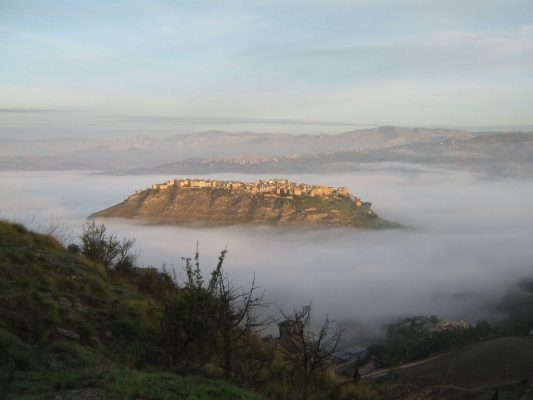
I fell in love with Taormina the second our eyes met, I’ve stood in awe at Agrigento‘s Valley of the Temples more than once, and I’ve chowed down on the best cannoli of my life in Dattilo
I have enjoied visiting the mosaics at the Roman Villa in Piazza Armerina, as well as, I have been in the amazing Syracusa and hike in the Etna Volcano but it’s the hidden gems of Sicily that genuinely have me hooked, from quaint villages of colourful stacked houses to mirror-like lakes against Nebrodi backdrops, going off the beaten path in Sicily truly pays off.
Because of it, I spend all my week-ends exploring my homeland, and I’ve discovered plenty of hidden gems on the way, especially over my countless visits to this loveable country in the past years.
This list will no doubt keep expanding as I venture back to discover more hidden gems, but for now here are some top suggestions for those wanting to get off the beaten path in Sicilia, something I promise you will be full of rewards.
The best way to explore a new destination is to venture off the beaten track.
Looking for something a little bit different?
Then you have arrived in the right place as Sicily has a lot of unusual places, sights you should see and experience in combo with the most important Sicilian Highlights. Let me show you a few village list which are lovely to see, amazing to explore and where you can have great meal experience at ZERO-Miles …
Lately, we’ve heard a lot about the negative impacts mass tourism has had on beloved destinations. So perhaps it’s no surprise that more and more people are looking for intimate, immersive travel experiences that get them away from the crowds and into pristine natural environments and indigenous cultural communities.
To that end, here are my picks for the top 8 off the beaten path travel destinations to include –almost a couple of them in different provinces– as soon as you plan a tour of Sicily.
Anyway, I will be delighted to help you to customize your amazing tour of Sicily at stress-free combining more elements to design something unique and memorable!
Let’s go guys!
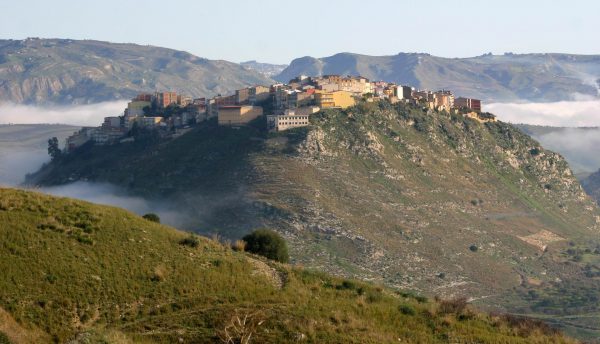
#1 Sant’Angelo Muxaro
(120 km from Palermo | 40 km from Agrigento)
The small town has just over 2,000 inhabitants and is situated on top of a hill where many claim arose the ancient and mythical city of Camicos built by Daedalus and seat of the Sican king Kokalos. Indeed Sant’Angelo, as evidenced by the vast necropolis which has been subject to numerous excavations, has an ancient history and it is certain that the surrounding area was inhabited in the late Bronze Age, as artifacts dating probably around 1200 / 1300 BC
They are still found in the tombs in the circular room with a domed ceiling (called tholos) scattered throughout the district. Here it was found an important necropolis sicana which is accessed facing a bumpy path carved into the rock. The Tomb of the Prince, with a diameter of 8.8 meters. and a height of 3.5 m. It is the largest of the group. Almost all tholos and of various sizes, the tombs contained grave goods of great value and interest, including two gold rings and some cups, one of which is currently on display at Britsh Museum in London. The whole area of Sant’Angelo Muxaro is strongly affected by karst and includes the presence of more than 200 speleological cavity including the Cave of the Water and Nature Reserve Cave Ciavuli. The latter also known as Grotta di Sant’Angelo, is about 1 km long. and inside it it flows a stream before spring north of the hill, forming a pool inside the cave itself.
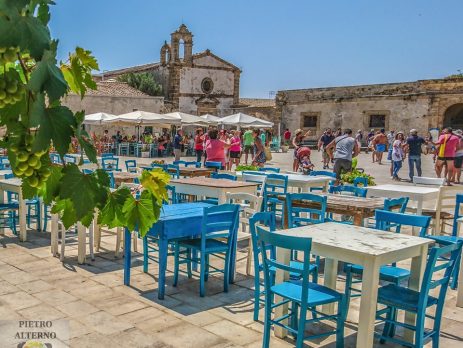 #2 Marzamemi
#2 Marzamemi
(60 km from Syracusa/Ragusa | 110 km from Catania)
Just a few kilometres up the coast from Italy’s southernmost point, in the deep south-east of Sicily, is one of Sicily’s prettiest seaside villages: Marzamemi. It was the Arabs of the 10th century who put Marzamemi on the map. They not only gave the village its poetic name, Mars? al-hamam (translating as something like Turtle Dove Bay) but also built the original tonnara (tuna processing plant), which was to become one of the most important on the island. Although the tonnara itself is no longer in function, Marzamemi continues its artisanal fishing and processing activities, producing all manner of delicacies, including canned tuna, dried tuna roe (bottarga), smoked swordfish, marinated anchovies, seafood pasta condiments, tuna salamis and much more besides!
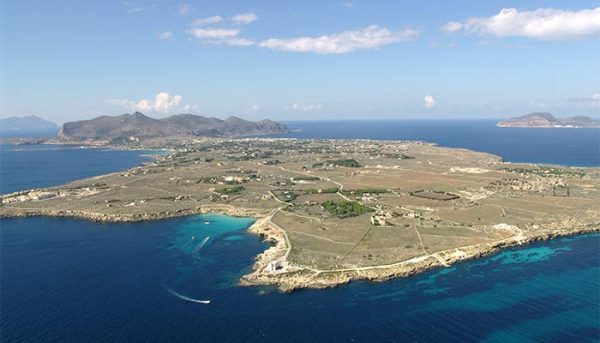 #3 Aegadi Archipelago: Favignana, Levanzo & Marettimo
#3 Aegadi Archipelago: Favignana, Levanzo & Marettimo
(Hydrofoil or ferry from Trapani port)
The Archipelago of the Egadi Islands, with the islands of Favignana, Levanzo and Marettimo and the islets of Formica and Maraone, is the extraordinary synthesis of history and nature. Terrestrial and underwater archaeological findings, dating back to the Paleolithic, testify the permanence of peoples from every corner of the Mediterranean, which gave rise to the history of the Western World.
This is the largest protected marine area in Europe where large Posidonia meadows, like a large submerged tropical forest, constitute a valuable habitat for the reproduction of numerous fish species, and we find a great variety of resident and migratory birds, extraordinary cetaceans, sea turtles Caretta Caretta and the rare Monk Seal
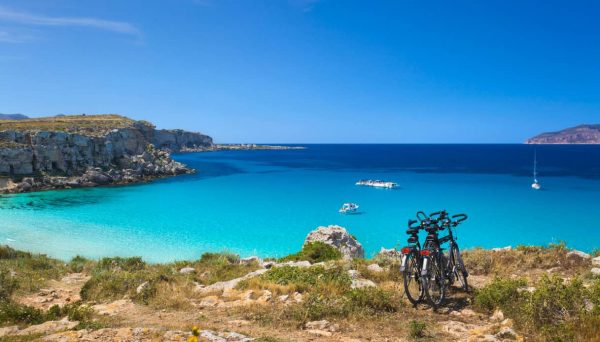 Favignana is the largest island of the Egadi: the small town, all gathered around the port, preserves buildings of a certain value, such as the building of the Florio and some baroque churches. Its name is inextricably linked to the slaughter and processing of tuna: here is the largest tuna trap in the Mediterranean important for the island’s economy for several centuries, and now a museum.
Favignana is the largest island of the Egadi: the small town, all gathered around the port, preserves buildings of a certain value, such as the building of the Florio and some baroque churches. Its name is inextricably linked to the slaughter and processing of tuna: here is the largest tuna trap in the Mediterranean important for the island’s economy for several centuries, and now a museum.We cycle the island without difficulty, being rather flat and consists largely of tufa rock, used for construction.
Along the paths there are deep quarries, partly excavated by man, partly caused by collapses of the friable rock, surrounded and covered by low bushes.
Levanzo, the smallest and most precious of the Egadi, with its white houses nestled on the harbor, looks like a crib. An uncontaminated sea surrounds the island.
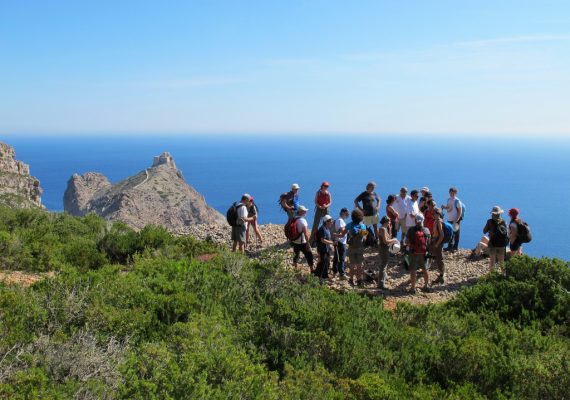 Marettimo, of the three is the most “island” of the Egadi, in fact it was detached from the mainland several millennia before the other two islands of the archipelago. For the Greeks Hiera “Isola Sacra”, according to some it could coincide with the ancient Ithaca homeland of Ulysses. Marettimo is the highest and rocky of the Egadi, with its only fishing village made from small houses close to each other and a daily life woven of peace and serenity.
Marettimo, of the three is the most “island” of the Egadi, in fact it was detached from the mainland several millennia before the other two islands of the archipelago. For the Greeks Hiera “Isola Sacra”, according to some it could coincide with the ancient Ithaca homeland of Ulysses. Marettimo is the highest and rocky of the Egadi, with its only fishing village made from small houses close to each other and a daily life woven of peace and serenity. A silent and quiet island, where you can spend your time at the sea or walking along the paths bordered by lush vegetation or even diving for the variety of the seabed and the coast jagged by hundreds of caves: about 400 emerged and submerged. For trekking lovers, this is a perfect island: from the village there are several fun trails. There are many possible excursions; Punta Troia where the homonymous Norman castle towers, now restored and used as a prison museum and observatory of the Egadi Islands Protected Area.
The Roman Houses, where there are the remains of a large building dated between the I,- and the II. century A.D. and a small Byzantine church; the Lighthouse of Punta Libeccio, populated with legends; the Semaforo, panoramic point from where you can see the infinite profile of the Mediterranean horizon.
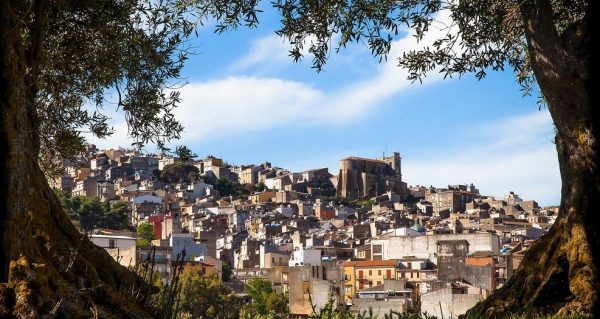 #4 Alia, in the Madonie Park
#4 Alia, in the Madonie Park
(80 km from Palermo)
Alia is a well preserved Medieval village, characterised by an abundance of vegetation.
Thanks to its location close to the Madonie Park, the most important mountain group in Sicily, Alia is also known as a Garden town. It is a well preserved Medieval village, characterised by an abundance of vegetation which creates a wonderful environment and breathtaking panoramas. What I do recommend to see? e.g. the Guccione Palace –is considered one of the most charming examples of an Art Nouveau building in Sicily. Designed by Ernesto Basile this monument shows an interesting facade where it is possible to admire Renaissance and art nouveau decorative elements mixed with the typical traits of nineteenth century Sicilian architecture– and the Gurfa Caves Urban Reserve –the name, Gurfa, derives from the Arab word “gurfah” which means “storage”; this group of artificial caves has six caverns used to preserve the wheat and they also include a well preserved necropolis–.
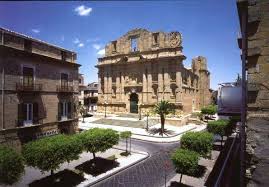 #5 Mazzarino
#5 Mazzarino
(90 km from Agrigento/Ragusa)
Mazzarino is considered a well preserved example of Sicilian Baroque.
Mazzarino was founded by Greeks in the 7th century BC and named Maktorium. The current old town centre was created in the Middle Age near the ruins of the Arab castle. Thanks to its charming and fascinating churches, Mazzarino is considered one of the best well preserved example of Sicilian Baroque in the province.
 #6 Buscemi
#6 Buscemi
(50 km from Ragusa/Syracusa)
Buscemi is a charming village rich in incredible cultural attractions.
Buscemi is an old and fascinating village with ancient origins dating back to the Bronze age. Like the other villages of this area, Buscemi has been completely destroyed by the 1693 earthquake. Visiting Buscemi it is possible to discover lots of interesting cultural attractions.
The town of Buscemi, perched on a hill a few kilometres from Ragusa/Syracusa, possesses a singular and interesting museum, I Luoghi del Lavoro Contadino –Peasant Work Places–, the rooms of which are scattered all around the town. Substantially there are eight rooms that present the work and life of the people of the Hyblaean Mountains, ranging from the workshops of the blacksmith, the cobbler, and the carpenter to the great troughs where the grapes were trodden and the olive-press where Gabriele Lavia filmed scenes in The She-Wolf”, with Monica Guerritore, Raoul Bova, and Michele Placido.
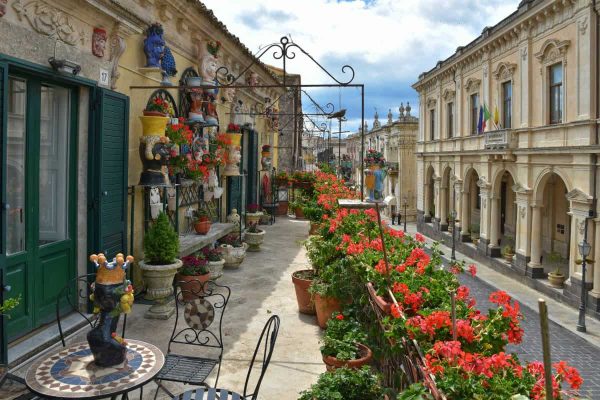 #7 Palazzolo Acreide
#7 Palazzolo Acreide
(40 km from Ragusa | 50 km from Syracusa)
Set in the splendid scenery of the Iblei mountains, the picturesque village of Palazzolo Acreide shows itself as a treasure chest to be discovered that is characterized by the singularity of its urban structure, full of testimonies from different eras. Inserted in the list of UNESCO World Heritage Sites, Palazzolo is an ideal destination for trips out of town or for those who want to visit a place suspended in time, away from mass tourism.
In 664 a.C., on the hill called Acremonte, which separates the valleys of’Anapo and of Tellaro, the Syracusans founded Akrai. This place even before being appreciated by the Syracusans was chosen by the Siculians, you raised a real village around the XII century numerous were the dominations that were avvicendarono over the centuries: Greek, Roman, Byzantine, Arab, Norman. From here the various names given to the cityà in different eras: Akrai, Balansùl, Placeolum or Palatioli, and finally Palazzolo to which, in 1862, was added the patronymic of Acreide.
The first historical news of Palazzolo Acreide current you have from the XII century. The medieval center was erected close to the ancient Acre, on a small rocky outcrop below, in a strategic position of control over the territory and the roads, Là where once stood a “palatium” imperial, which has given the name of the new village: “Palatiolum”. Here a castle was erected by the Normans. From 1104 it avvicendarono in Palazzolo different baronie: from Guilfredo son of Count Ruggero to Artale d’Alagona, to finish the principles Ruffo di Calabria. In the XIII-XIV century the demographic increase determinationò expansion of the town in the surrounding area. Destroyed by the earthquake of 1693, the cityà it was rebuilt in part on the original structures of the medieval quarter and in part around the actual main course. In the XVII century the palazzolesi rebelled to feudalism until in 1812 Palazzolo was recognized as a country demaniale. The Iblei Mountains and the valley of’Anapo are natural and evocative setting to the territory of Palazzolo Acreide.
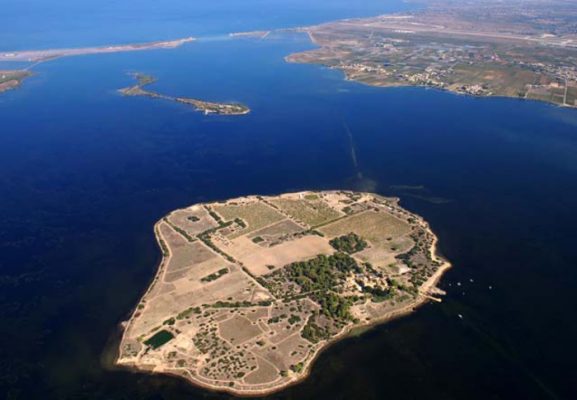 #8 Mothia island and the Saltpans
#8 Mothia island and the Saltpans
(140 km from Palermo | 40 km from Trapani + Boat-Shuttle to Mothia)
Mozia is a memorable archaeological site in western Sicily, between the towns of Trapani and Marsala. The site covers an island, the Isola di San Pantaleo, situated in a striking location in a kind of shallow lagoon lined with the salt flats and windmills that are a characteristic of this coastline. Out to sea you can glimpse the Egadi Islands. The island’s terrain is flat and rural, and excavated stretches alternate with woodland, vineyard and field. It makes a good day or half-day excursion, with a small museum and extensive ruins to visit.
The coastline next to Mothia and between Trapani and Marsala is mostly made up of salt pans; strange pale expanses of water and salt, dotted with windmills.
There are some of these on the shore by Mozia, so an excursion can effectively combine the two sights. Some of the salt pans are still operative, and the windmills, though no longer used for their original purpose of pumping water, sometimes retain their sails. On the shore closest to Mozia, right by a ferry stop, one of the windmills has been made into a shop and visitor centre, the Museo del Sale.
In conclusion, thanks a bunch for having spent your time to read my off the beaten track preferences. I am 100% Sicilian and I live in Palermo … and, I work in the Travel Industry since LOL too many years and not less than 25 …
Awaiting for you here in Sicily!
Ciao for now
Valeria Gulotta nick-name #Valy
